Homeowners often get indecisive when choosing between granite, quartz and marble. They are the most popular stones used as kitchen and bathroom countertops. Two of them are natural and one is an artificial stone. But, how do you know which one’s natural or artificial? How do you spot the difference between the three? or how do you figure out which one’s the best for your property?
These are a few things you might find yourself pondering. It’s because choosing the right material is essential no matter what. Today’s manufacturing process and technology have made it impossible to identify a stone with the naked eye. But don’t worry! In this blog, we’ll break down the key differences between granite and quartz and marble. We hope this will help you narrow down your options.
Characteristics of Marble, Granite, and Quartz
Let’s understand the features of marble, granite, and quartz before we dive into their differences.
1. Characteristics of Marble
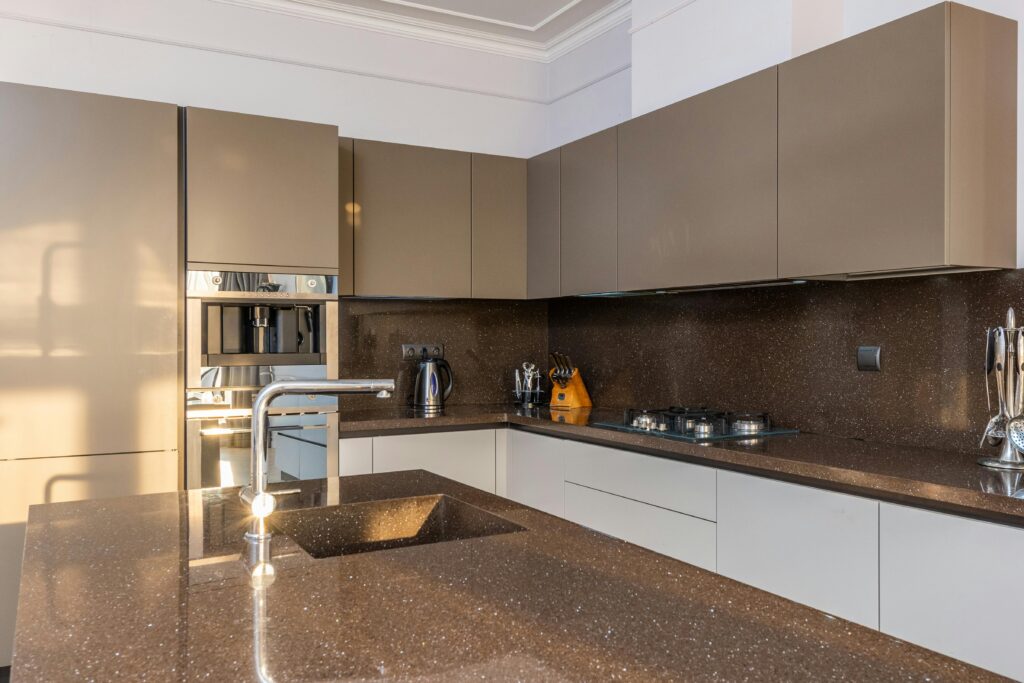
Marble makes one of the most elegant natural stone countertops ever! It’s a 100% natural stone that takes over millions of years to form. Metamorphic rock is a classic choice for modern-day architecture. A marble stone without impurities is white, but most marble contains other minerals and impurities. They make the stone grey, pink, yellow, bluish, black or fantasy brown marble.
It’s much softer than granite. If it’s not sealed well, the stone’s prone to scratches, staining and etching. It feels cool to the touch and is glossy and translucent in appearance. Since it occurs naturally, there are swirls and veins throughout the stone’s surface. Each pattern is unique with varying dimensions and depth. Architects like it because it’s easy to cut and carve.
2. Characteristics of Granite
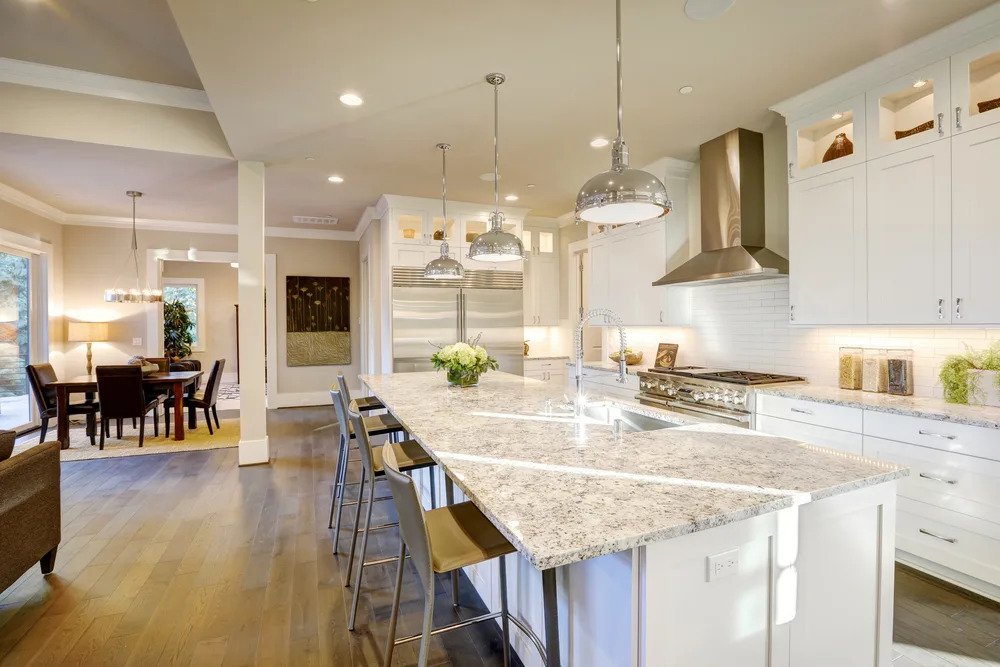
Granite is another natural stone popular as a countertops material. It’s a phaneritic rock that consists of different minerals such as mica, quartz, and feldspar. These minerals give the stone varying colors including whites, browns, greys, and reds. Some minerals are also present in the form of crystals and clumps. They’re large enough to be distinguished with the naked eye.
Granite and marble’s veining look alike, but granite’s appears to be more blurry and grainier. And no two granite slabs look the same. Each slab has unique color patches and streaks all over the surface. Unlike marble, granite stone is opaque, so only the outer layer is visible. It has been used for centuries to make buildings, bridges, monuments, etc.
3. Characteristics of Quartz
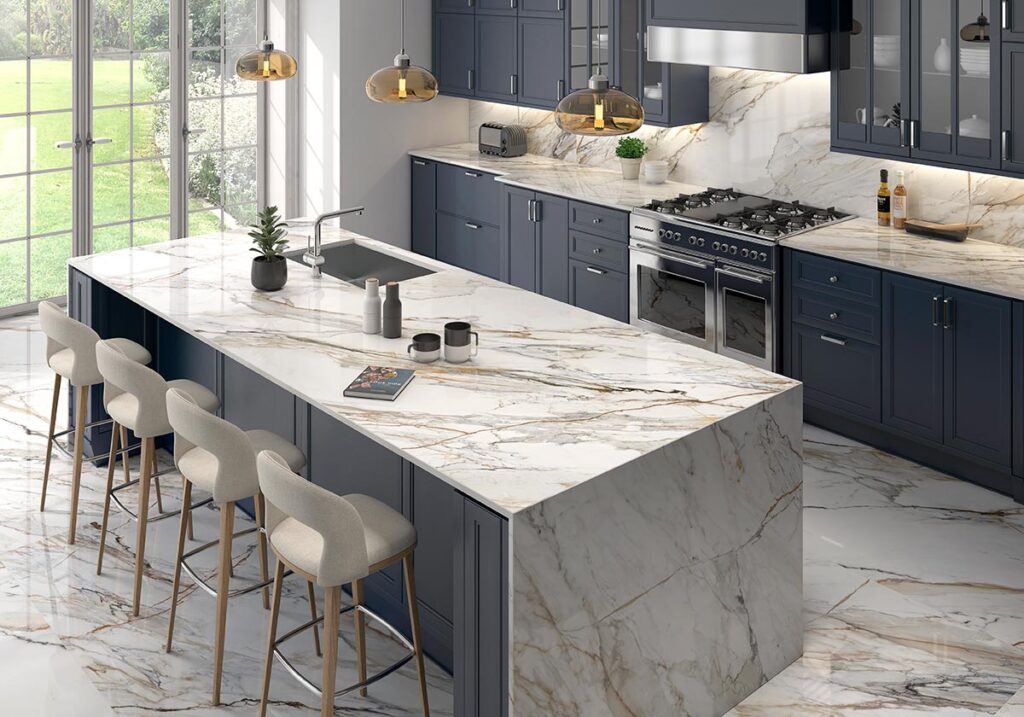
While quartz forms through a natural process, quartz countertops are artificial. They’re manmade using about 90% of ground quartz and 10% of polymers and resins. Some countertops can also be a mixture of ground marble, granite, and quartz. Unlike natural stone countertops, they come in a wide variety of hues and patterns. They tend to have a uniform and consistent color and pattern.
With the new emerging technologies, the possibility of what can be done with a stone is endless. It’s getting challenging to pin down what’s natural and what’s manufactured stone. It might be easy to differentiate between marble and granite, but it might take an expert to distinguish between granite and quartz.
What are the Major Key Differences?

Let’s look at some key differences between the countertop materials – marble, granite, and quartz.
| S.N | Characteristics | Marble | Granite | Quartz |
| 1. | Color | The most common colors are white, grey, pink, yellow, black, and bluish. | Granite is mostly white, brown, grey and red in color. | Comes in a wide range of colors. |
| 2. | Pattern | Unique veining and patterns all over the surface. | Distinct patterns and veining with visible crystals, clumps, and specks. | Consistent veining and pattern. |
| 3. | Durability | Marble can last a longtime but it’s softer compared to granite and quartz. | Granite can last for decades with proper annual sealing. | Quartz can also last a lifetime with minimum maintenance. |
| 4. | Hardness | It scores 2-3/10 on the Mohs scale and is susceptible to scratches. | Granite has a rating of 7/10 on the Mohs scale. It’s harder than marble. | Since quartz is an engineered stone, it is incredibly hard. |
| 5. | Ease of Maintenance | Marble’s maintenance demands more involvement compared to granite and quartz. | Granite is a low maintenance natural stone which only needs an annual sealing. | Quartz also is a low maintenance stone and daily cleaning is enough to keep it clean. |
Tips to Pinpoint the Difference
Learning to differentiate different countertop materials might take time. But there are a few tips to remember when distinguishing between marble, granite, and quartz. We hope these valuable tips make your choice easier.
- The Scratch Test: One of the best ways to check whether it’s marble, granite or quartz is through a scratch test. Take a sharp tool, for example, a knife and cut beneath the slab. If it shows signs of scratch easily, it’s marble and if it doesn’t it’s either granite or quartz. Determining whether it’s granite or quartz takes a keen eye because neither of them scratches easily.
- Check the Color: A classic marble stone is white. But minerals and impurities can give it other colors like grey, pink, yellow, bluish, or black. Granite features natural stone colors such as whites, browns, greys, and reds. Where quartz countertops can come in endless color varieties.
- Notice the Pattern: Natural stones including granite and marble have unique patterns throughout. There are no exact-looking slabs of both. But granite has color patches and veining that look grainier and blurrier compared to marble. Whereas quartz slabs feature consistent patterns and veining. The manufactured stone displays uniformity in the design, unlike the natural ones.
- Inspect the Surface: Marble has a glossy and translucent surface. It means one can see a few millimeters past the stone’s surface. Manufacturers try to replicate that look by adding small glass bits. But it doesn’t shine like the natural ones. Granite is mostly opaque, so one can see only the outer surface layer. While quartz has a shiny, glossy, and non-porous surface.
Which One is the Best Option for You?
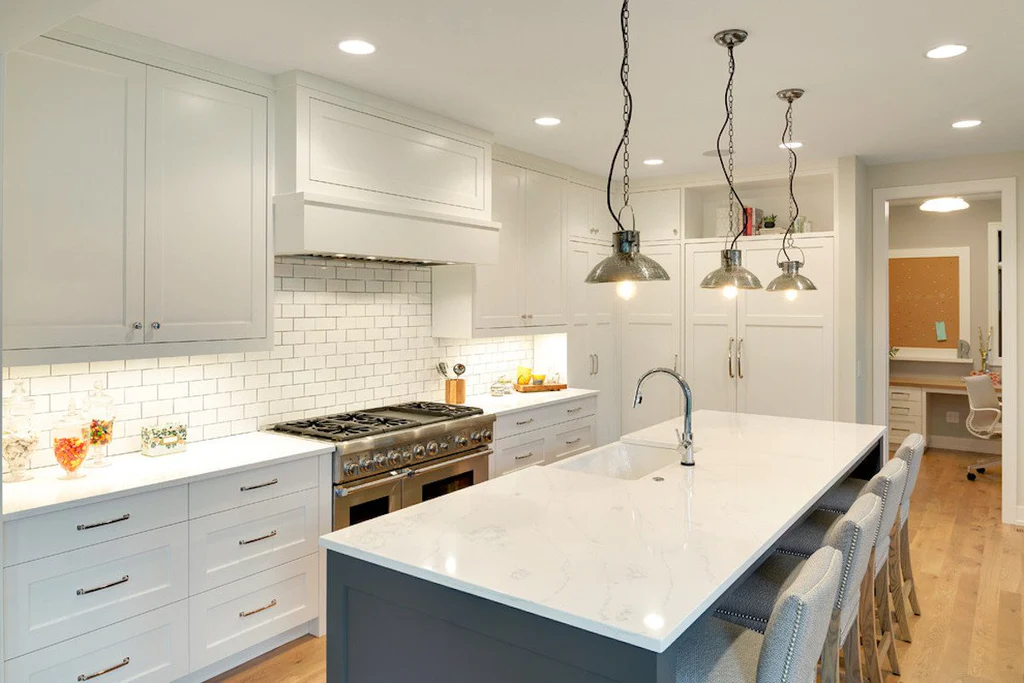
The best countertops material for you depends on application and preference. Besides, marble, granite and quartz have their pros and cons. Keeping that in mind, countertops are a significant part of the kitchen and bathroom. If we were to compare the three, marble is the softest among all. It might not be a great idea to install it in the kitchen, but they make brilliant accents.
Granite is durable and stain, scratch, chip and heat resistant. Yet, it is not as hard as quartz. Also, quartz is not resistant to heat like granite. So, one should never place a hot utensil over the countertops with a trivet. Granite is excellent for kitchens if you’re ready to seal it once a year. And quartz too is ideal as a countertop if you take precautions.
Stone Depot – The Best Engineered & Natural Stone Slabs Supplier
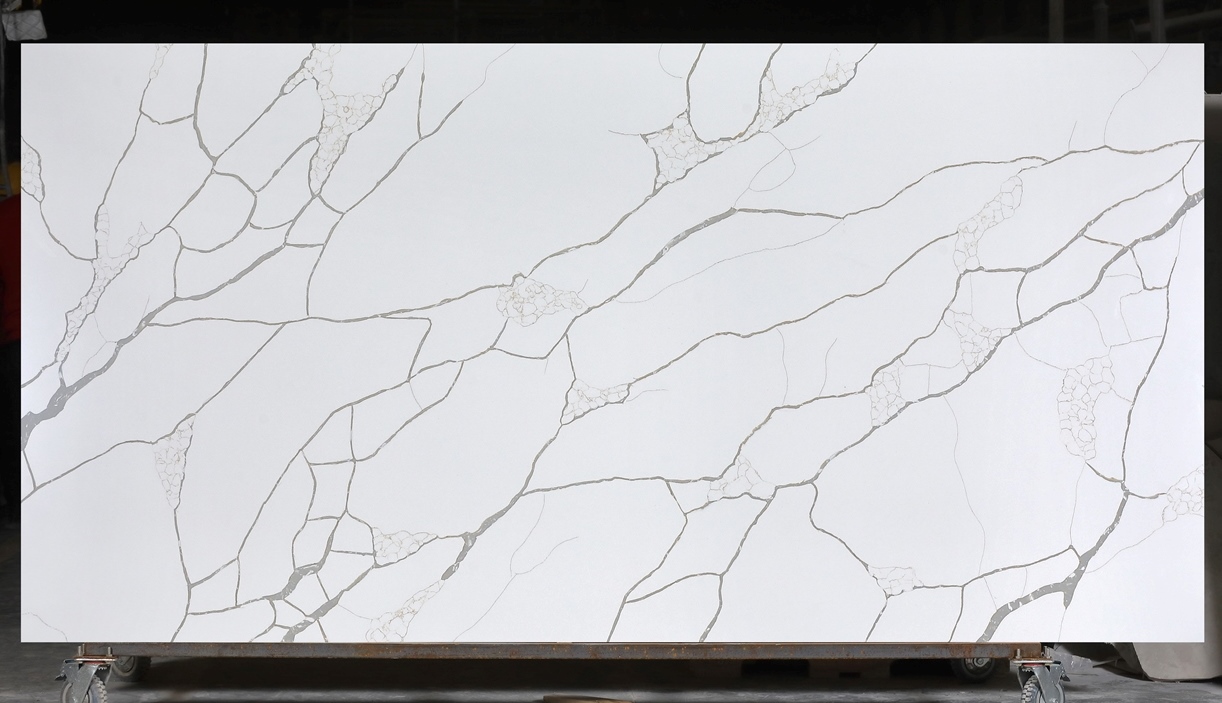
No matter whether you select marble, granite, or quartz, they will add value to your property. If you want something durable, resistant, and low maintenance that’s available in varying colors and patterns, choose granite. If you’d like a material that looks great and involves a bit more care, go with marble. Lastly, if you need a durable and low-maintenance material that doesn’t need sealing, pick quartz.
Planning on buying engineered and natural stone countertops? There’s no better place than Stone Depot USA. We are a leading engineered and natural stone supplier in the Texas, USA. We cater to marble, granite and quartz needs at the best prices. Our stone inventory boasts unique colors, patterns, finishes and sizes. We promise to deliver high-quality countertops with secure packaging in the shortest lead time.
Contact us today to learn about our prices and discounts!
Related Blog: Difference Between Granite and Quartz

Related Blog: Difference Between Granite and Marble
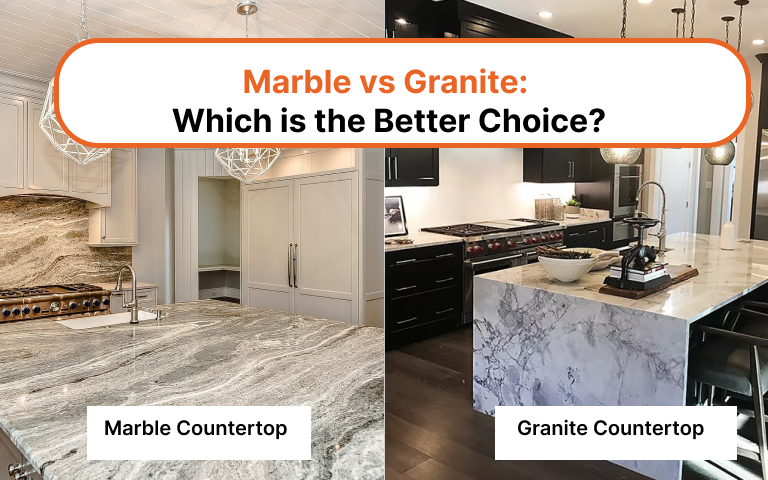

George is an accomplished content writer at Stone Depot, specializing in creating captivating and informative content related to the world of natural stone. With a passion for writing and a deep appreciation for the beauty and versatility of stone, he strives to provide readers with valuable insights and inspiration.



